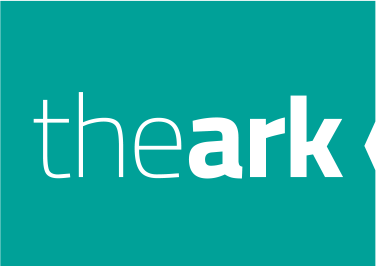Complacency when it comes to data suppression could be sabotaging your campaign performance and may also derail your GDPR compliance plans.
That’s the reality facing even those marketers who already use deceased and gone-away suppression services but who do not regularly evaluate their providers and put the health of their databases to the test.
Holding out-of-date records (whether knowingly or not) is a clear infringement of several key areas of GDPR, not least the basic principle of data accuracy. What’s more, you need to demonstrate compliance – and that means being able to prove the effectiveness of your suppression solution.
So what are the starting points to creating a watertight suppression strategy?
Guard against inertia
Despite the widely adopted practice of supplier switching in the consumer arena to reduce costs or improve services, there is often much resistance within businesses. This may be because the decision-makers are also responsible for implementation and it is simply easier to stick with the status quo rather than tinker with something that is deemed to be working. Sometimes there is also the perception that change would cause unnecessary upheaval to the wider IT systems in which suppression is embedded.
Whatever the reason, relying on outdated legacy suppression files will certainly result in deceased and goneaway data slipping through the net.
Your chosen suppression files should be evaluated regularly to make sure they are doing their job – reducing campaign wastage, providing the building blocks for advanced data insight and keeping you compliant.
Be rigorous in supplier management
In our experience, much of the procurement decision-making in suppression is still reliant on human judgement rather than an objective data evaluation. But GDPR (and the threat of large fines) is likely to change this.
Each organisation needs to have a structured approach to supplier evaluation, selection and review. This should be underpinned by clearly defined criteria and well communicated processes, so that you can make evidence-based decisions that will stand up to scrutiny. Indeed the evaluation in itself would provide valuable supporting evidence to the ICO that you are taking proactive steps to keep your databases as clean and compliant as possible.
Don’t put all your eggs in one basket
Every supplier of suppression data should be included in your evaluation. This is because relying on a single file rarely identifies all known deceased, and it is simply wrong to claim otherwise. Although there is a degree of overlap, each file is created from different data sources and you need to understand how they vary in terms of data provenance, verification method, speed to market and proportion of unique records.
Take the example of one of the country’s largest general and life insurers. They recently evaluated our flagship product, the National Deceased Register (NDR), and found 89,000 deceased customers that had gone undetected by the two deceased suppression files they had been relying on for decades. This clearly illustrates the risks of relying on legacy suppression files without evaluating newer entrants in the market.
Plus, suppression services are evolving with new, innovative products coming on to market so keeping on top of the latest developments will ensure you remain ahead in data strategy.
Beware ‘biggest is best’ claims
One of the most misleading selling points from data suppliers is file size. We are proud to say that a recent independent evaluation of the main files on the market revealed the NDR as having the highest proportion of unique records despite being the smallest file.
So why does file size vary so dramatically? Some include records that date back to the mid-1980s, whereas we have chosen only to include deaths notified from the turn of the century. It is our view that older data is redundant because any organisation that has licensed suppression files in the past will already have flagged or deleted these customers. Also, some files are inflated by the inclusion of individuals who are thought to have died but where further verification is necessary. We stringently check our data and filter out those that remain unconfirmed.

